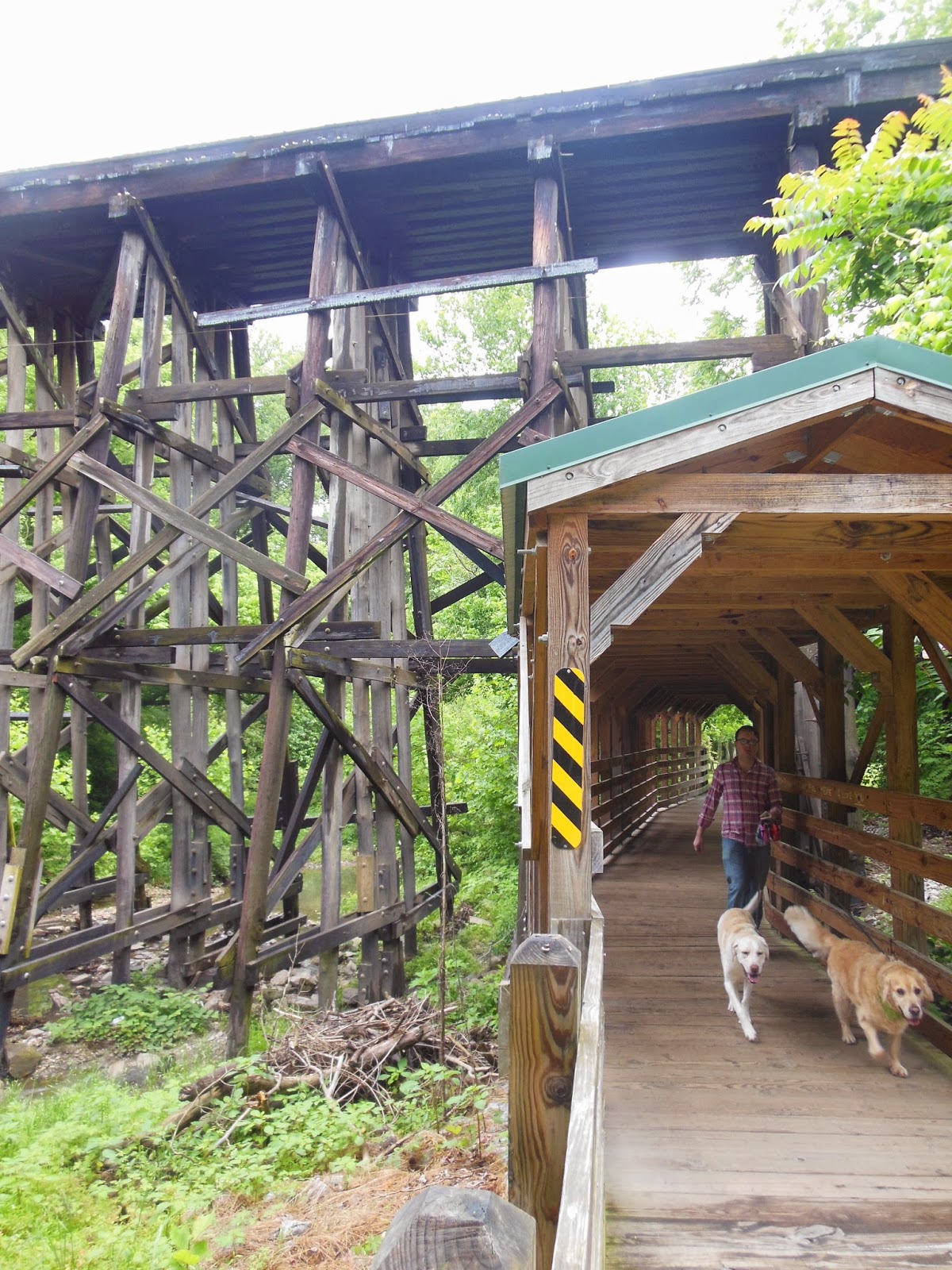How is that possible?
 |
| Southern Museum |
Wilson W. Brown received one Medal of Honor a year after the April
12, 1862, Andrews Raid, also called the Great Locomotive Chase. Brown received
a second medal in 1904 (photo, left) after a redesign. He died in 1916 at age 77.
The medals and a key to a Confederate prison cell were the
subject of a feud between two cousins until 2013, when an agreement was reached, according to the Toledo (Ohio) Blade.
The agreement provided for the cousins to each donate one medal.
Last Friday, Linda Schwartz presented the 1863 Medal of Honor and the key to the U.S. Department of Veterans Affairs’
Toledo Community Based Outpatient Clinic.
She told the Toledo Free Press she preferred that
location over a museum, given the military connection between Brown and the
clinic patrons.
“I just know what a great place it is,” Schwartz said,
according to the newspaper. “Plus, in the reading of [Brown’s] story, he was
injured after that event. He went back into service, he was injured and he was
treated by the veterans. And he said if it hadn’t been for them he would have
lost his leg, he would have died, and that was one of his big events in his
life that he wanted to share with everyone.”
Ed
Ward, also of Ohio and a great-grandson of Brown, and his family went a different
route.
 |
| Wilson W. Brown |
They donated the 1904 version last Saturday to the Southern Museum of Civil War &
Locomotive History in Kennesaw, Ga. The museum, steps away from where
the railroad chase began, houses one of the locomotives, the General, and related exhibits.
“Our family wanted to donate this
cherished family artifact to the Southern Museum for many years, and we are
proud it will be displayed just feet away from the General locomotive,” said Ward,
in a statement released by the
museum. “We are gratified the Medal of Honor will be used to educate
future generations about the Great Locomotive Chase, and the sacrifices so many
made during the Civil War.”
James Andrews and his band of raiders tried to destroy much
of the Western & Atlantic Railroad and communications as they rushed
northward. They achieved little success and eight of the nearly two dozen captured
participants, disguised as civilians, were later hanged in Atlanta as spies.
Andrews was among them.
Brown, part of the mission because he had been a locomotive
engineer, was among the first recipients of the Medal of Honor. He escaped
captivity and took part in other battles during the Civil War. The Logan County
native served in the 21st Ohio Infantry.
 |
| Brown manuscript was donated to Southern Museum in Kennesaw, Ga. |
The Great Locomotive Chase, the Southern Museum points out, actually began on foot.
Western & Atlantic Railroad conductor William A. Fuller was shocked to see a group of men steal the General while passengers and crew were enjoying breakfast at the Lacy Hotel in Big Shanty, now called Kennesaw.
Fuller and a couple others ran north after his train. He didn’t yet know it had been taken by the Union commandos. The conductor ran across a handcar and three trains and traveled 86 miles -- along with Confederate horsemen who had been reached by telegraph -- after the raiders. The Union men were captured later that afternoon near Ringgold, Ga.
Western & Atlantic Railroad conductor William A. Fuller was shocked to see a group of men steal the General while passengers and crew were enjoying breakfast at the Lacy Hotel in Big Shanty, now called Kennesaw.
Fuller and a couple others ran north after his train. He didn’t yet know it had been taken by the Union commandos. The conductor ran across a handcar and three trains and traveled 86 miles -- along with Confederate horsemen who had been reached by telegraph -- after the raiders. The Union men were captured later that afternoon near Ringgold, Ga.
In addition to the medal, the Ward family
donated a letter Brown received in 1906 from William A. Fuller Jr., son of the
Confederate conductor, and a handwritten account of the raid that Brown penned
in 1909.
“We are honored to receive this
rare Medal of Honor given to a true American hero,” said Richard Banz,
executive director of the Southern Museum.
In 2012, the Medal of Honor
awarded to Sgt. John M. Scott for his part in the raid was donated to the
museum.
 |
| Medal presentation at Southern Museum in Kennesaw, Ga. |





















